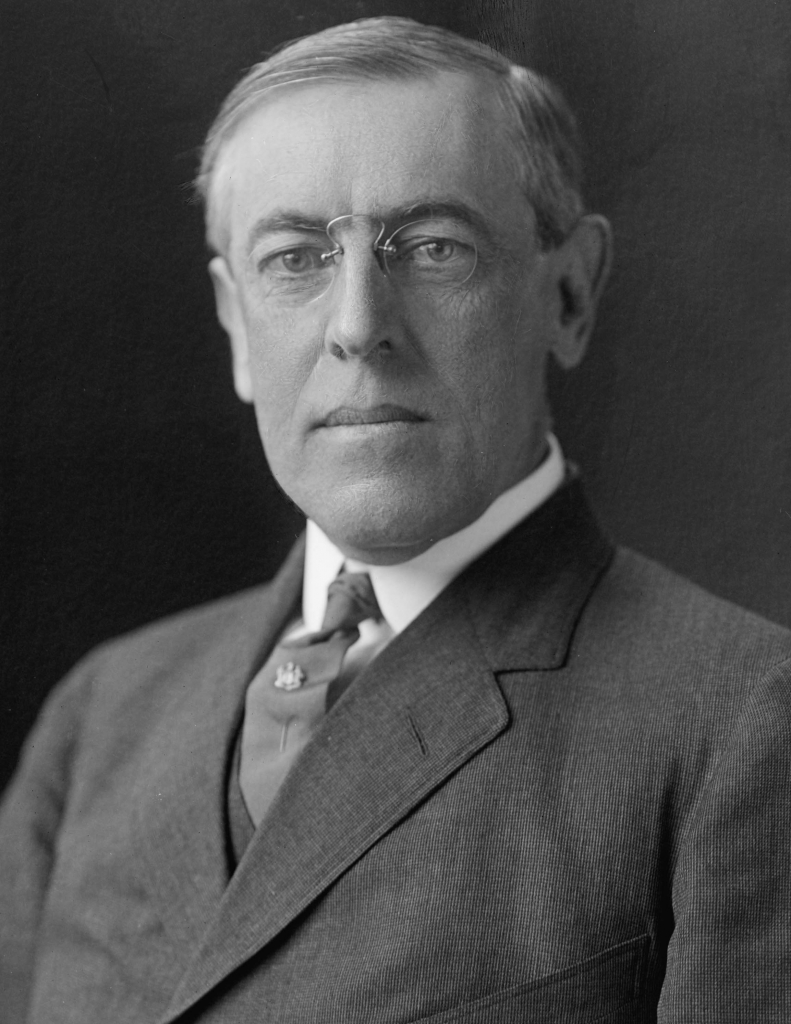Twenty-Fifth Amendment Facts
The Twenty-Fifth Amendment to the United States Constitution was ratified on February 10, 1967.
The amendment explains what happens to the presidency and the vice presidency if the president or vice president dies, resigns, or is otherwise unable to perform their duties.

What does the Twenty-Fifth Amendment say?
The Twenty-Fifth Amendment has four sections and is very long. If you’re interested, you can read the full text here.
In brief, the amendment says:
Section 1
If the president dies or resigns, the vice president will become president.
Section 2
If there is a vice presidential vacancy, the president will nominate a vice president who will be confirmed by a majority vote in Congress.

Section 3
If the president tells the president pro tempore of the Senate and the speaker of the House in writing that he is unable to perform his duties, these duties will become the responsibility of the vice president until the president says in writing that he is ready to return to his job.
Section 4
If the vice president and a majority body of the Congress tell the president pro tempore of the Senate and the speaker of the House in writing that the president is unable to perform his duties, the vice president becomes the acting president.
The president can then write a statement saying this is untrue, and he will then be allowed to return to his duties. If the vice president and a majority body of the Congress still say the president can’t perform his duties, Congress will vote on the issue.

Before the Twenty-Fifth Amendment
The original succession procedures in the Constitution were a bit unclear. It said that if the president died, resigned, or was unable to perform his duties, the vice president would serve as acting president.
However, it didn’t say if the acting president should officially take over as president or if they would only perform presidential duties until the president returned or a replacement was found.
It also failed to answer questions like:
- Who had the power to declare the president unfit to perform his duties?
- What would happen if the president was temporarily unable to serve?
- What if the vice president was unable to serve?
- Who would become vice president if the vice president died or became president?

Over time, several changes were made to the line of succession. For example, the president pro tempore of the Senate and the majority leader of the House were added and then removed.
These officials were replaced in the line of succession with members of the presidential cabinet in order of rank, beginning with the Secretary of State.
The president pro tempore and majority leader of the House were later re-added to the line of succession, in front of the cabinet members.
Not surprisingly, this confusion caused a few problems.
For example, President Woodrow Wilson had a major stroke during his presidency and never recovered.
His wife Edith and his doctor kept secret his condition from Congress and the public, leaving the United States without a capable leader.

Ratifying the Twenty-Fifth Amendment
It became clear that changes were needed when President John F. Kennedy was assassinated in Dallas, Texas in 1963. People were unsure if Vice President Lyndon B. Johnson had also been injured.
And if Johnson had been injured, who would take over presidential and vice-presidential duties?
Less than two years later, on January 1, 1965, the House and Senate introduced resolutions recommending a succession amendment.
By April of 1965, the House and Senate each had a version of the amendment. A committee was created to form a compromise between the two versions.

On July 6, a joint resolution was passed and forwarded to the states for ratification. The amendment was officially signed into law by President Lyndon B. Johnson in February 1967.
Twenty-Fifth Amendment in Action
In 1973, Vice President Spiro Agnew resigned after being charged with political corruption.
Following the introduction of the Twenty-Fifth Amendment, President Richard Nixon nominated Gerald Ford as the new vice president, and Congress approved the nomination.

On July 3, 1985, President Ronald Reagan had surgery for colon cancer. He used the Twenty-Fifth Amendment to transfer power to Vice President George H.W. Bush until he recovered.
When President George W. Bush had colonoscopies in 2002 and 2007, he used the amendment to grant power to Vice President Dick Cheney while he recovered.
Section 4 of the amendment has never been used. However, it was almost used when Ronald Reagan was shot and had to undergo surgery in 1981.
It was almost used again in 1987 when Ronald Reagan’s administration described him as lazy, inattentive, and distracted. They recommended removing him from office, but no action was taken.

Other Interesting Facts About the Twenty-Fifth Amendment
The Twenty-Fifth Amendment makes succession issues much clearer, but some issues still aren’t addressed.
The amendment explains who can judge whether the president is unable to perform his duties, but it doesn’t define presidential “inability.”
President Jimmy Carter recommended that a panel of physicians should determine if a president was incapacitated, but it was determined that this was not a practical solution.

During President Donald Trump’s term, some have suggested using Section 4 of the Twenty-Fifth Amendment to declare him unfit to serve. However, this is difficult without a proven cause and a majority consensus.
It’s also important to note that the Twenty-Fifth Amendment does not replace the impeachment process and is not designed to unseat an unpopular president.

